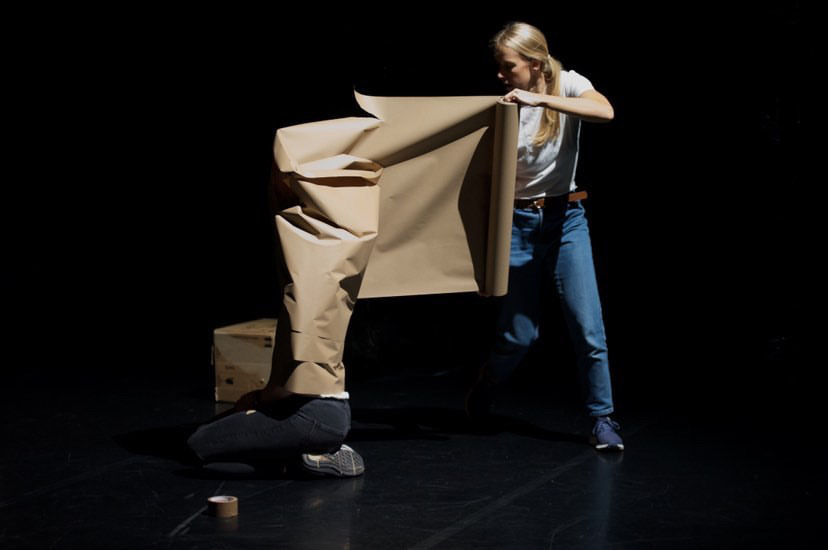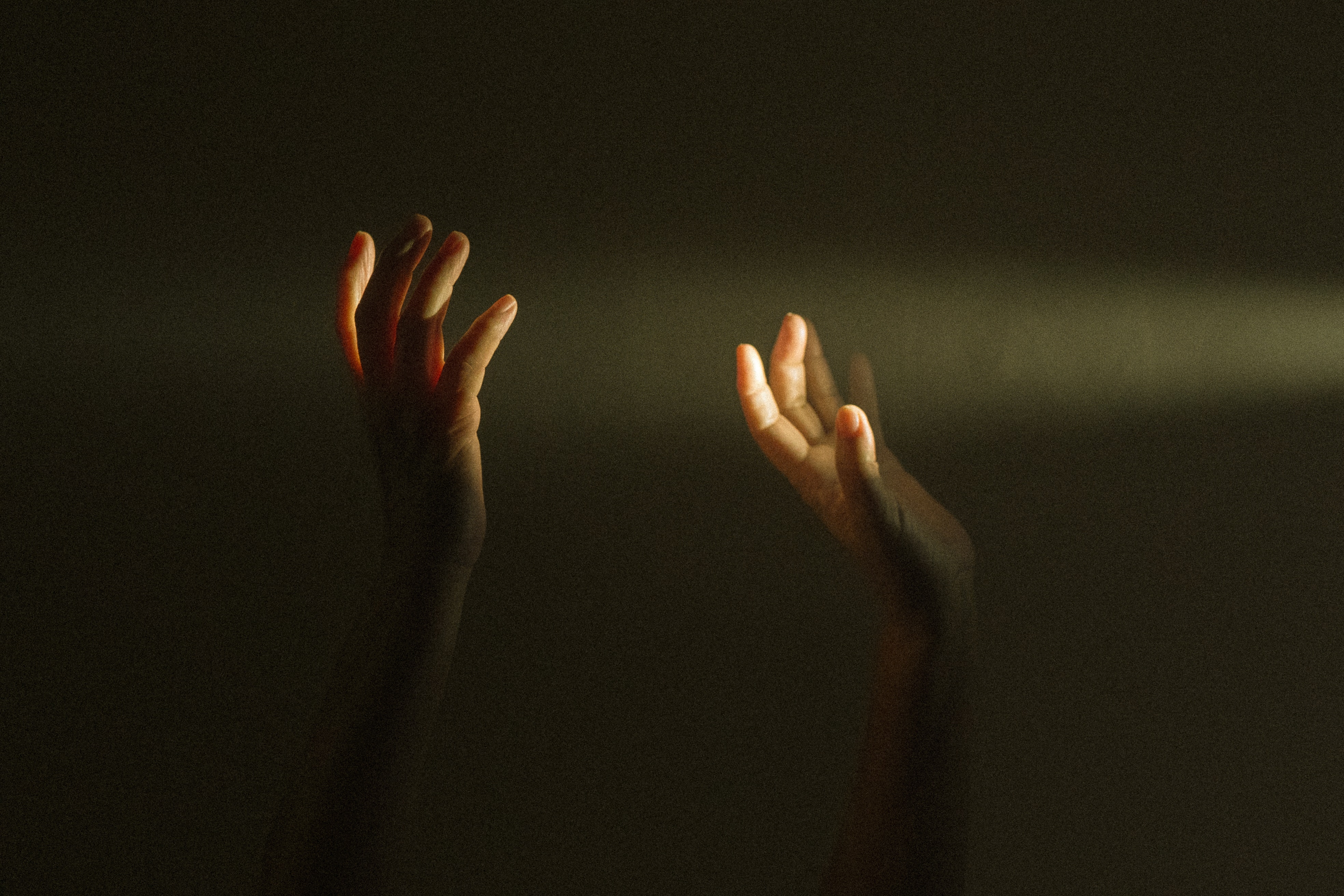Words by Inês Carvalho.
The Covid-19 pandemic is causing significant disruption to the arts and culture sector with events cancelled, tours postponed, and dance venues closed. For independent artists, including dancers and choreographers, this is perhaps one of the biggest challenges in their careers. In times of self-isolation, how is it possible to keep moving forward with their work? How can we break the paradox by maintaining human interaction even when social distancing has been enforced?
By seeking alternative avenues. Freelance individuals, small collectives and organisations are defying issues such as unemployment, and the fear of wasting years of work. Artists have, within two weeks, identified new ways to experience and share dance — a mission that is now more valuable than ever — proving the industry can be united during this time of unnerving uncertainty.
What are artists’ concerns?
For Greta Gauhe, choreographer and artistic director of Follow Through Collective, dance artists will face many challenges during this period; whether it is struggling with self-isolation or finding it difficult to engage with all the online classes which are suddenly on offer.
So not to be too overwhelmed, the collective is taking it slow. Follow Through Collective is starting with trying to find new ways of collaboration and support, not to mention its relationship with the audience. “Dance is often enjoyed live and requires co-presence of the performer and viewer. Watching dance entirely on video recordings would have a real impact on how we perceive dance in the future,” added the London-based group.Â

A predictable financial crisis is also a concern for Women Wonder Collective. But they are keen to develop a strategy which shares their creative vision with others. “Due to the Covid-19 pandemic, hundreds of independent dance artists will face unemployment and will need to turn to other ways for income. How can we find new ways to support each other, and continue to share our ideas and works with other people?” The collective also brings another relevant question in terms of how the audience will be experiencing performance: “The essence of our work is based around touch and physical contact, so not being able to meet up in person will be a very big problem.”
Dancer, choreographer and lecturer Hannah Ashmore (Other.Dance.Art) is also feeling the pinch when it comes to a lack of face-to-face contact: “The greatest challenge in my eyes is how we will cope without that really meaningful contact and movement practice.” Even though Hannah is happy to see how the dance community is reacting to this crisis, by increasing the online presence she is worried it might “begin to replicate the true value of a shared physical experience.”
We have to reinvent the way we experience dance
The search for new ways of interaction means artists are turning to their social channels to keep connected to the dance community. Technology is proving to be hugely important, providing a new opportunity for people to access and experience performances and classes.
Dance artist and choreographer Elettra Giunta is one of those cases: her donation-based initiative #StayFitWithElettra works as a powerful solution to keep her career active. “Working as a freelance artist, I have recently found myself no longer able to work and attend the daily activities I would normally do,” says Elettra. “The mission of this initiative is to create something accessible, fun and physically beneficial that can be included in people’s new daily routine. This provides an opportunity to learn and discover ways to be connected with our bodies in this time of isolation and social distancing.” Using her social media platforms to promote these new classes, Elettra proves artists are discovering new paths in the online world. Will it at some point define the entire culture industry?

Behind all the concerns around independent dancers, there is a common ground; the need to establish new connections with other artists and audiences. Creativity, engagement and community were never so present in the arts.
We do not know what the future will bring, but we do know that artistic creation will always be present to inspire the reality around us. For independent artists who need to find new creative ways to reduce the impacts of the Covid-19 crisis, this is a time to reach wider audiences, expanding the community and bring new trends to the sector.
